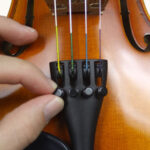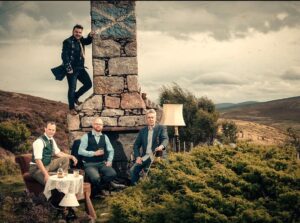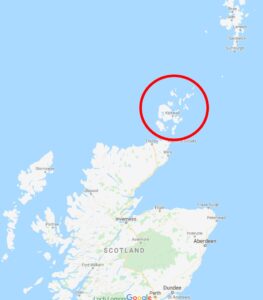Before reading our article, check out this week’s tip on how better to use fiddle-online!
#1. Do you find some of the playalong tracks to be too fast? Every page on fiddle-online with interactive sheet music also includes a listening track and a playalong track. The listening track gives you a feel for the tune. The playalong track is moderately paced to help you start playi ng through the tune, once you’ve learned some phrases.
ng through the tune, once you’ve learned some phrases.
But what if the playalong track seems too fast? In that case, focus on the orange buttons — the self-repeating audio for each unique phrase in the tune. These are always slow and manageable. Once you feel you have control of one of these phrases, or several of them, you can try to sew them together by using the playalong track. Even if it’s too fast at that moment, you can still get a lot out of trying to play the phrase you know at the place where it belongs. For example if you learn phrase A1, then play at least the beginning of it with the playalong track, listen as A2 is played, then jump in again when A1 comes back (usually it’s the third phrase as well). Keep track of the beat notes to give yourself a hold of the phrase rather than just try to string all the individual notes together. You can do it! And it’s very rewarding.
Fiddle or Violin?
It’s an age-old question — what’s the difference between a fiddle and a violin? The answer involves a little history and some cultural context.
Some research shows that bowed instruments were invented in Turkey and that the original fiddles were brought to western Europe by returning Crusaders. The Arab rabab and rebec apparently developed in Europe into the fithele (fiddle), in China into the erhu, and can be traced to other similar instruments elsewhere.
In the 14th century, viols appeared in Europe, and in the 16th century the modern violin was invented in Italy. Its sound was so good that it quickly took over from the fiddle where that old instrument was being played. In fact, the violins made by Amati back then have never really been improved upon.
Local music from many European cultures is still called fiddle music because of the old instrument, the fiddle, though the violin is the official name of the instrument. Classical music refers only to the violin, though many players familiarly speak of their fiddles. In many circles, whether folk or classical, the two words are both used.
Both words, the fiddle and the violin, may have a Latin root — Vitula was the Roman goddess of joy and victory.
The bottom line is that there’s no difference between a violin and a fiddle. But if you walk into a violin shop, you might be treated differently if you say you play fiddle rather than violin. It depends on the knowledge of the people who work there, but it’s not uncommon for shops to assume that fiddlers need flatter bridges and cheaper steel strings, because of their presumptions about what fiddle music is. For some fiddlers, that may work, but generally, we all want the best sound we can get, from decent strings and properly set up instruments.
Those who would like to explore the “local music from different cultures,” which is what fiddle music really is, may like to read our article, “What’s in a fiddle style?” If you’re a classical violinist interested in learning fiddle, you may find some interesting points to help you with the transition in our article, “Fiddle for the Classically Trained.”
©2020 Ed Pearlman
 A few days before your materials are due to expire, you’ll get an email reminder. When they do expire, the link to those materials will automatically move from the green “My Current Links” box to the pink marked “My Expired Links.”
A few days before your materials are due to expire, you’ll get an email reminder. When they do expire, the link to those materials will automatically move from the green “My Current Links” box to the pink marked “My Expired Links.”






